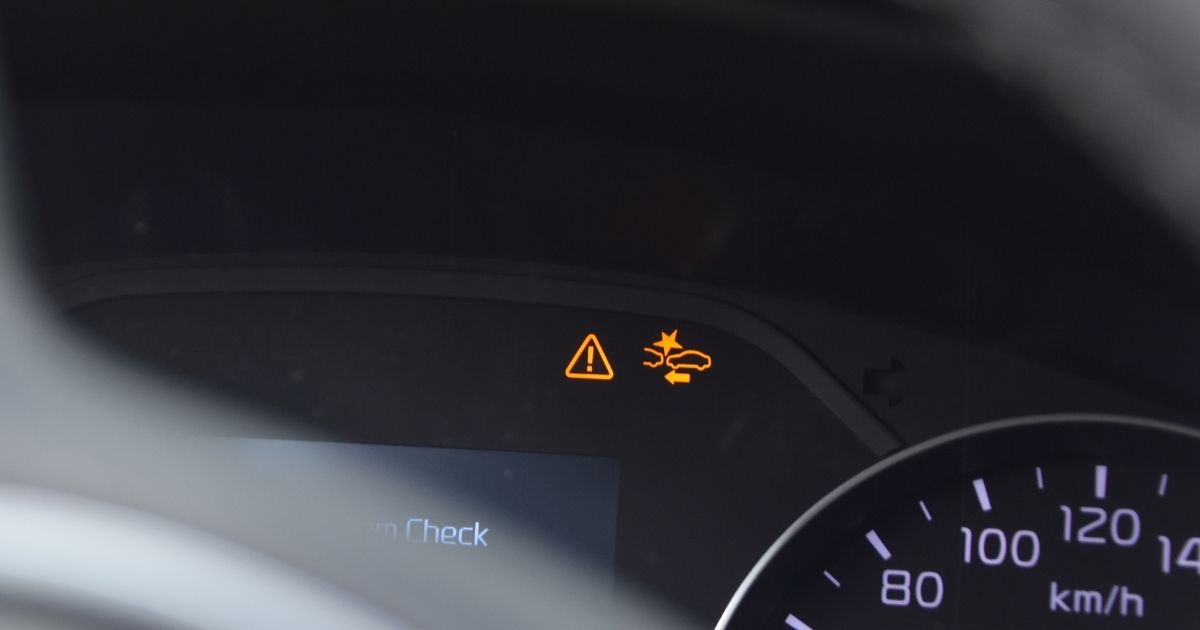Every vehicle on the road has to pass significant safety testing. If a vehicle, whether it is a truck, car, or motorcycle, does not pass these tests within a specific range, it will not be allowed to be sold in the United States. Automobile manufacturers need to make sure the vehicles they design and manufacture are safe enough to be sold. Most car manufacturers will also use the “5-Star Safety Rating†designation in their advertising campaigns.
NHTSA Vehicle Tests
The National Highway Traffic Safety Administration (NHTSA) is tasked with testing, compiling the data, and making sure vehicles pass the various tests. The NHTSA works under the U.S. Department of Transportation.
Every year, the NHTSA performs head-on and side-impact crash tests to test vehicles’ ability to keep passengers safe. The NHTSA focuses on various safety features, including airbags and seat belts. These tests are performed because they represent the majority of real-world accidents that occur on the roads and highways of the United States. Each vehicle is equipped with a crash test dummy filled with sensors to determine what the form goes through in each crash and what physical forces a human body might endure in each collision scenario. If a specific vehicle passes the tests, it will get a 5-Star Safety Rating.
Each crash test is performed with the vehicle traveling at 35 miles per hour. Everything on the car, inside and out, has sensors on it, including the crash test dummy. Also, the tests are filmed with a high-speed camera which is examined in great detail afterward.
IIHS Vehicle Tests
Another organization also performs tests on every vehicle that is on the road. The Insurance Institute for Highway Safety (IIHS) is an independent non-profit organization funded by automobile insurance companies. Because every vehicle, by law, has to be insured, the insurance industry is understandably very concerned about the safety efficacy of every car. So, the IIHS also performs crash testing.
The IIHS has a different test that uses offset-frontal crashes to test a vehicles structure. The IIHS uses a series of five tests, including side, seats, head restraints, small front overlap, and moderate front overlap. The IIHS rates each vehicle as poor, marginal, acceptable, or good, depending on test performance.
The IIHS also tests each vehicle for crash avoidance. Most modern cars have an array of advanced collision avoidance technologies to protect the occupants. For example, modern vehicles come with one or more advanced vehicle safety features, some of which are the following:
- Forward collision warning: Forward collision warning uses sensors to scan ahead of a vehicle to alert you in case there is a risk of a front-end collision.
- Automatic emergency braking: If a pedestrian, cyclist, or any other object comes in your way toward the front of your vehicle, the system will warn you and brake and stop the car automatically. The idea behind this is that the vehicles computer can sense a person or object and apply the brakes much faster than a human.
- Blind spot warning: This system uses sensors to monitor the sides and rear of your vehicle and alerts you when a car enters a blind spot. The alert can come in the form of an audible tone and small lights built into the side rear-view mirrors that will light up when the vehicle senses something. This lets the driver know that something is in their blind spot when looking in the side mirrors.
- Lane keeping assist: This system keeps your vehicle within your travel lane using sensors and cameras. It is usually attached in some way to the cruise control system. However, all lane keeping assist systems require the driver to maintain their hands on the steering wheel, or the system will shut down.
- Rear automatic emergency braking: This system automatically applies to the brake to avoid backing into an obstacle.
Safety Defects and Recalls
The NHTSA’s Office of Defects Investigation compiles vehicle issue recall data about automobile manufacturers. This office makes this available to the public. If you are purchasing a car, it is good to research whether your vehicles make and model has any recalls before you buy it. The NHTSA’s Office of Defects Investigation has a website where you can find information about all vehicle recalls.
Hazlet Car Accident Lawyers at Mikita & Roccanova Represent Clients Who Have Been Seriously Injured in Collisions
If you have been seriously injured due to someone’s careless driving, then contact one of our Hazlet car accident lawyers at Mikita & Roccanova. Call us at 732-705-3363 or contact us online to schedule a free consultation. Located in Hazlet and Highland Park, New Jersey, we proudly assist clients throughout Ocean County, Sussex County, Neptune, Middlesex County, and Pennsylvania.


